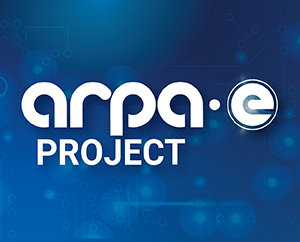Conditions for High-Yield Muon Catalyzed Fusion

Technology Description:
A muon is a short-lived subatomic particle with the same charge as an electron but 206 times the mass. When bound to an atomic nucleus, it orbits much closer to the nucleus than an electron does. In the context of a deuterium-tritium molecule, this screens the electric charge and reduces the “Coulomb barrier” that ordinarily prevents the nuclei from fusing. When a muon stops in a mixture of deuterium and tritium, even at ordinary temperatures, it causes nuclear fusion. In most cases, the muon is released following a fusion reaction and will catalyze additional fusions, but roughly 0.8% of the time it sticks to a resulting alpha particle and is removed from the catalytic cycle. This effect has hindered efforts to design a reactor based on muon-catalyzed fusion (µCF). Reducing this “sticking rate” by varying environmental conditions could open the door to a viable, cost-effective µCF reactor concept. Using modern experimental techniques from the field of high-pressure physics, the team will simultaneously heat, pressurize, and bombard a tiny volume of fusion fuel with muons, at pressures up to 100 times higher than what has been attempted previously, where it is hypothesized that the sticking rate will be reduced. They will measure the muon sticking fraction and cycling rate and other key parameters over a range of temperatures, pressures, and tritium concentrations. They will update publicly available computer models and databases based on their results, which, if favorable, may potentially lead to new µCF designs capable of net energy gain.
Potential Impact:
Accelerating and lowering the costs of fusion development and eventual deployment will enable fusion energy to contribute to:
Security:
Environment:
Economy:
As a disruptive technology, fusion energy will likely create new markets, opportunities, and export advantages for the U.S.
